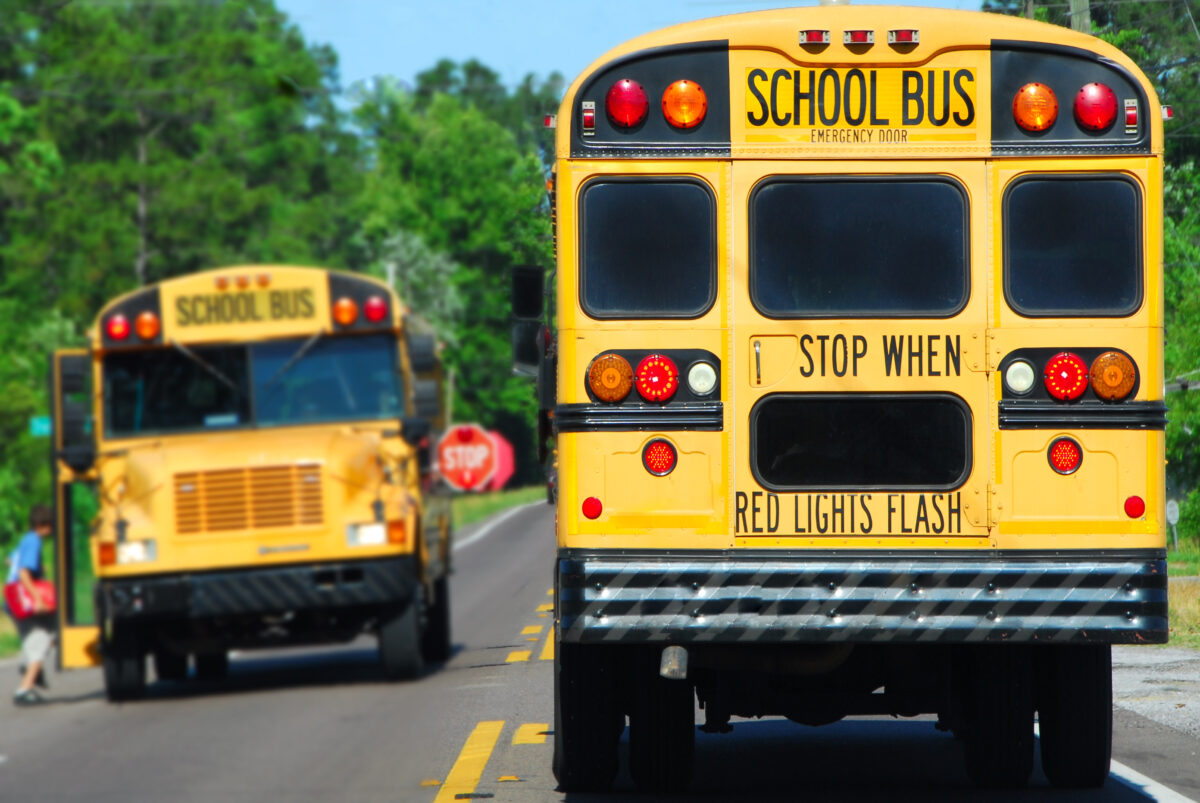


A State’s Most Strategic Plan — Universal School Choice

Break the K-12 Monopoly

Educational Freedom (Part 3): Education Entrepreneurs

It’s Past Time for a K-12 Redesign

K-12 Redesign: A Financial Overhaul

When Remote Learning Works

School Choice (Part 2): The Great Equalizer

